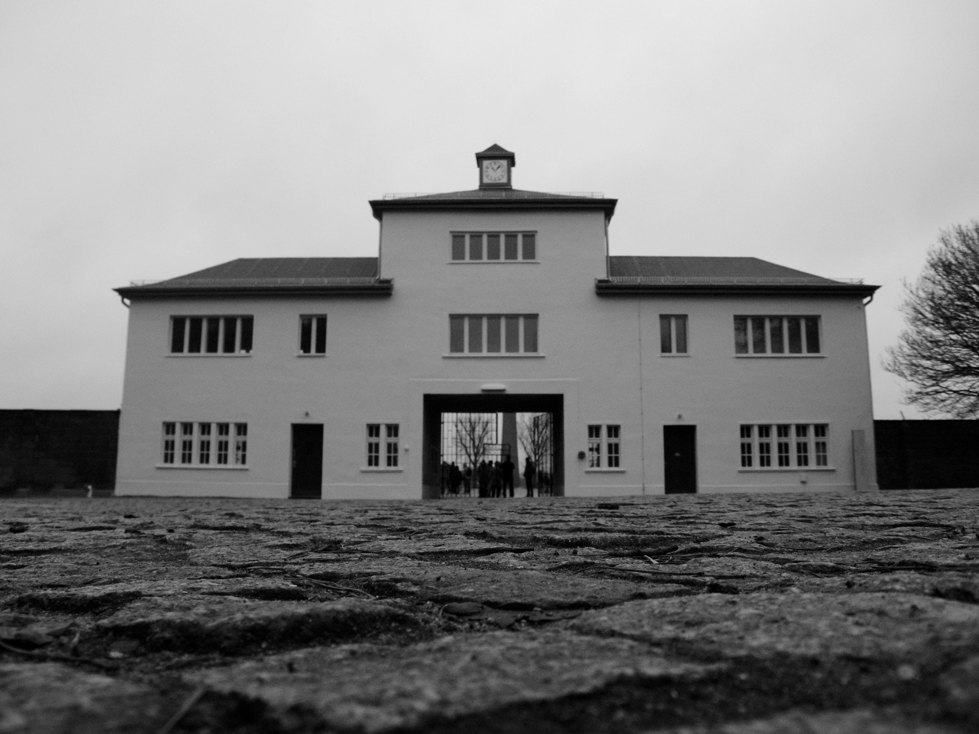 |
| Entrance to Sachenhausen Concentration Camp. Photo ©Heather Shimmin |
About 40 km north of Berlin, in the small town of Oranienburg, is Sachsenhausen, the first Nazi Concentration Camp. Sachsenhausen’s design was the model on which all other Concentration Camps were based. Its triangular shape was so that a single, mounted machine gun in the watch tower (in the centre of the triangle’s base) could reach the entire camp.
The Sachsenhausen Concentration Camp was built in 1936 on the site of the former Oranienburg Concentration Camp (in use 1933-1934). Sachsenhausen was unique in that it was located in the centre of town on the main road to Berlin. The townspeople could observe, to some degree, the goings on of the camp and the movement of prisoners in and out of the camp.
Sachsenhausen was established under the newly appointed SS Chief of Police, Heinrich Himmler. The camp was an architectural expression of the power and control of the SS, evoking fear and authority over all who entered.
Over 200,000 people were imprisoned in the camp between 1939 and 1945 under SS control. After the war, the Soviets took over the camp from 1945-1950 and continued the same horrific acts in the camp, killing thousands of people – 12,000 alone died from malnutrition and starvation during the time of Soviet control.
The Sachsenhausen Memorial was erected in the camp in 1961 and the Sachsenhausen Museum first opened on the site in 1993.
Entrance to the camp with the false promise that Arbeit Macht Frei. Photo ©Heather Shimmin
THOUGHTS
Depressing,..sobering..horrific…
The day I visited the concentration camp it was pouring rain and absolutely freezing-rather fitting for the occasion. Being so physically uncomfortable myself only enhanced my sadness and empathy for those poor souls who were imprisoned here.
After passing through the welcome building, I walked down a long road with a seven-foot high, barbwire-topped wall on the left, and an equally high barbwire fence on my right. This is the same road the prisoners walked when they arrived in the city of Oranienburg. They were marched along this road, often paraded in front of the villagers, and in to the camp.
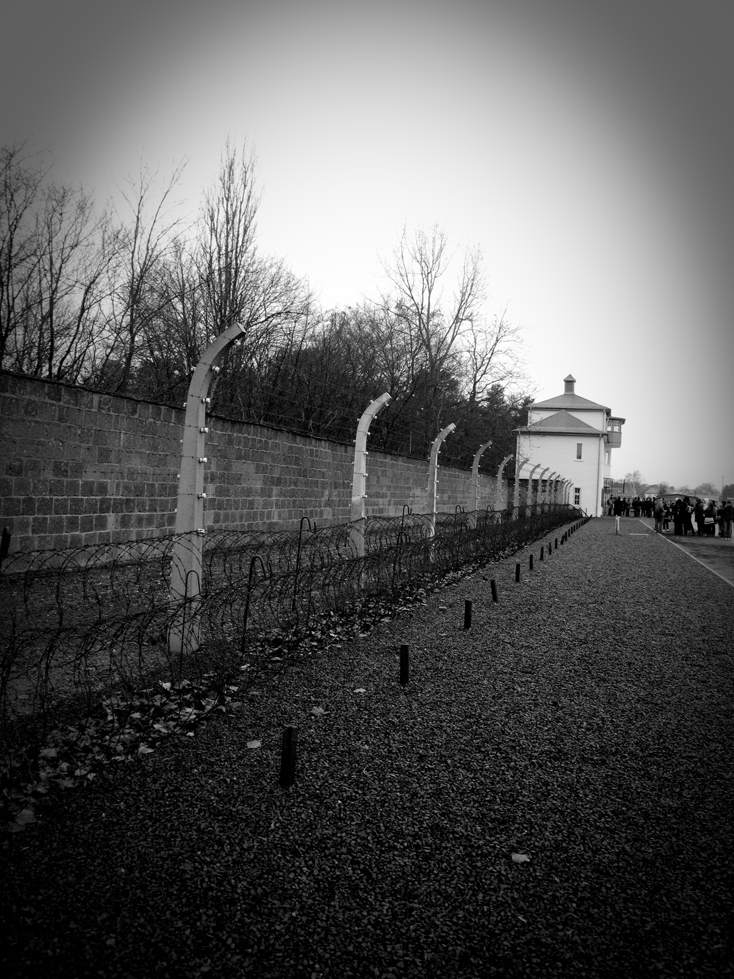 |
| Perimeter barbwire fence and watch tower. Photo ©Heather Shimmin |
The wall next to the road was lined with images of people in the camp, of guards with machine guns, of the rescuers feeding emaciated skeletons of mostly dead prisoners. This set the stage for what lay behind that wall.
The former SS garage has been converted into a museum with images, models of the buildings, uniforms, and other artifacts from the camp. From there, I walked under Tower A, the central guard tower, where the words “Arbeit Macht Frei” appear in the wrought iron gate.
About seven original buildings from the original complex remain: ⅓ of the prison, the hospital, the kitchens, Tower A, and a few barracks. Outlined in 4 inch wide aluminum strips are the foundations of where the other buildings stood, giving the visitor a sense of the layout. The original electric fence, death zone, and automatic machine guns line the triangle base, flanking either side of Tower A.
Inside, the buildings are a combination of museum and experience. In the barracks are bunk beds, urinals, wash basins, photographs, stories of prisoners, artifacts that were found during excavation work on the camp, and so on. The prison still has three posts out back with large nails protruding from the top where prisoners were hanged.
The hospital was one of the hardest spaces to deal with emotionally. (Visually, it was extremely well done). Images, equipment, exam tables, stories, patient records and more were on display as I walked through the immense medical complex. One of the rooms had been “quarantined,” not admitting a single person aside from a few, very select hospital staff. Inside, they were doing a series of experiments on two teenage boys purposely infected with Hepatitis.
Leaving the camp, cold, wet, and burdened with thoughts of humanity, cruelty, and suffering, I felt a great weight of sorrow and heaviness. I am glad that I went, but I will never visit another Concentration Camp again.
Prisoners were given 5 minutes to bathe, use the toilets, before they were forced out of the barracks each morning Photo ©Heather Shimmin
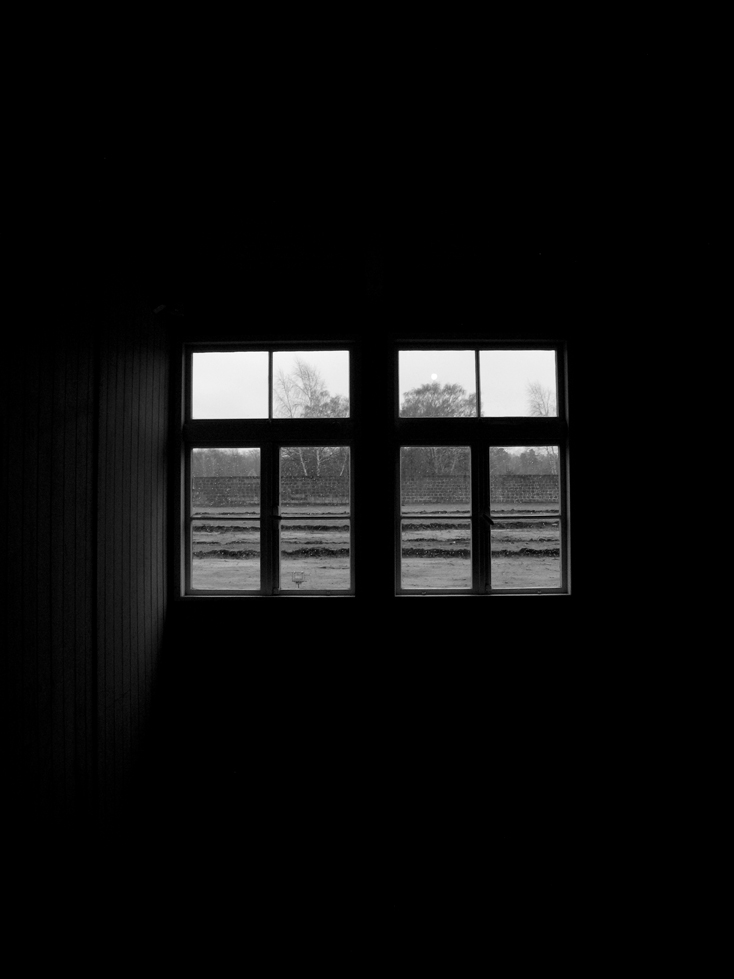
View from inside Barracks No. 4. Only a few small windows let light into the space. Photo ©Heather Shimmin
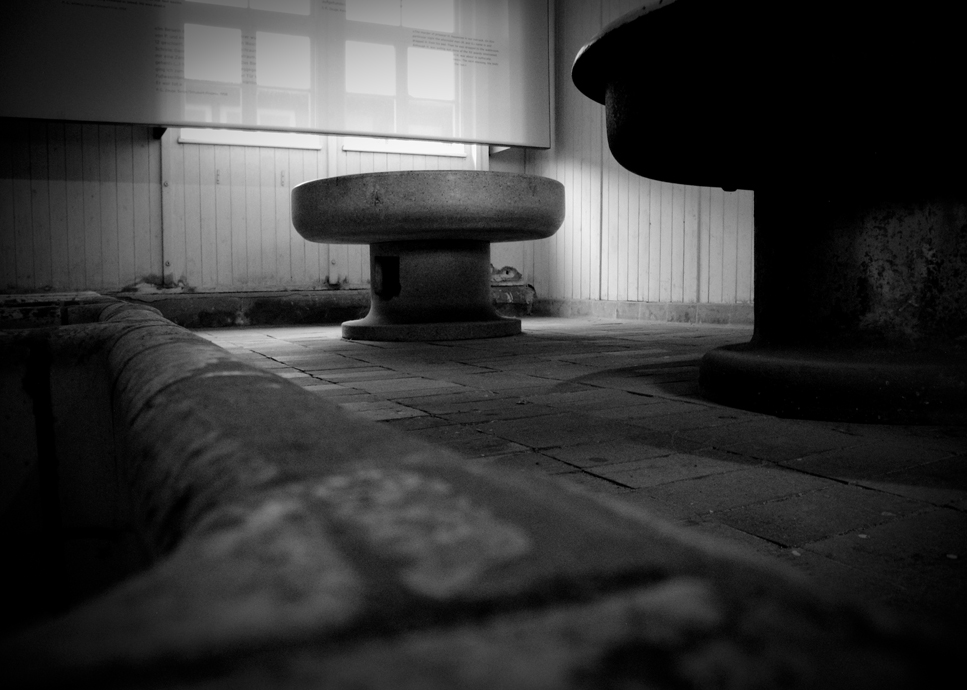
The bathing area. These fountains of ice cold water were used by as many as one hundred prisoners at a time. Photo ©Heather Shimmin
Prisoners were hanged from a long nail on these wooden posts for all to see, making an example of those who misbehaved. Photo ©Heather Shimmin
Hallway that runs through the centre of the prison. Photo ©Heather Shimmin
Part of the medical facility where horrific medical experiments were performed. Photo ©Heather Shimmin
Looking toward one of the watch towers on a very cold, wet, dreary day at Sachsenhausen. Photo ©Heather Shimmin
BOOK RECOMMENDATIONS:
 |
 |
 |
 |
 |
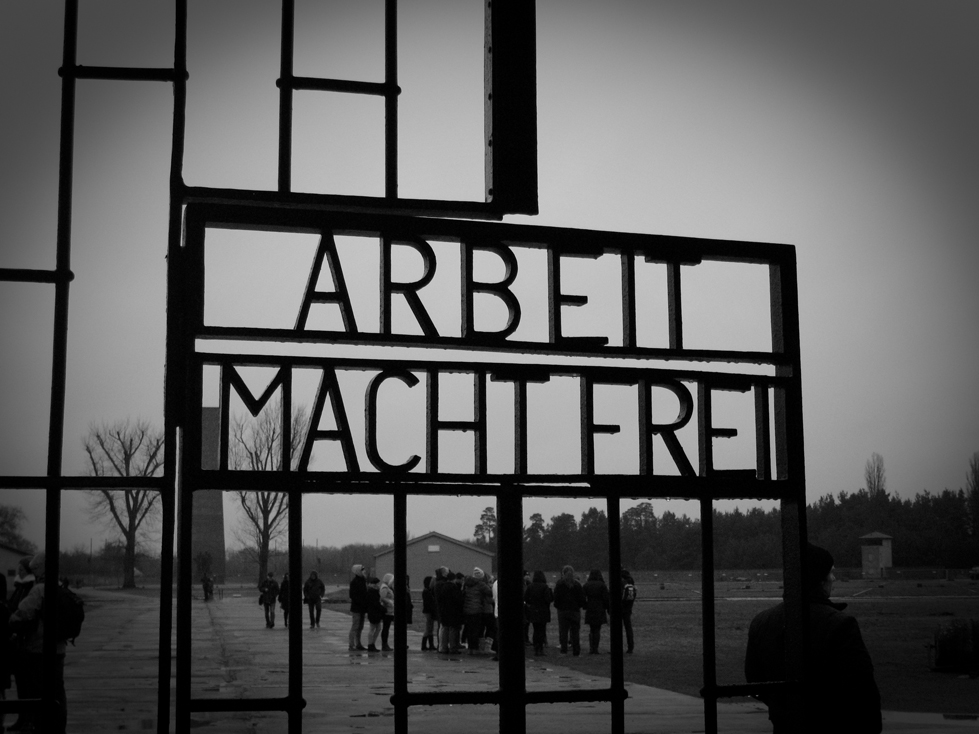
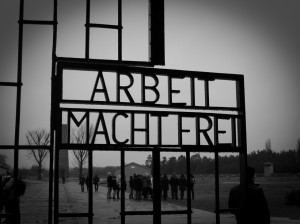
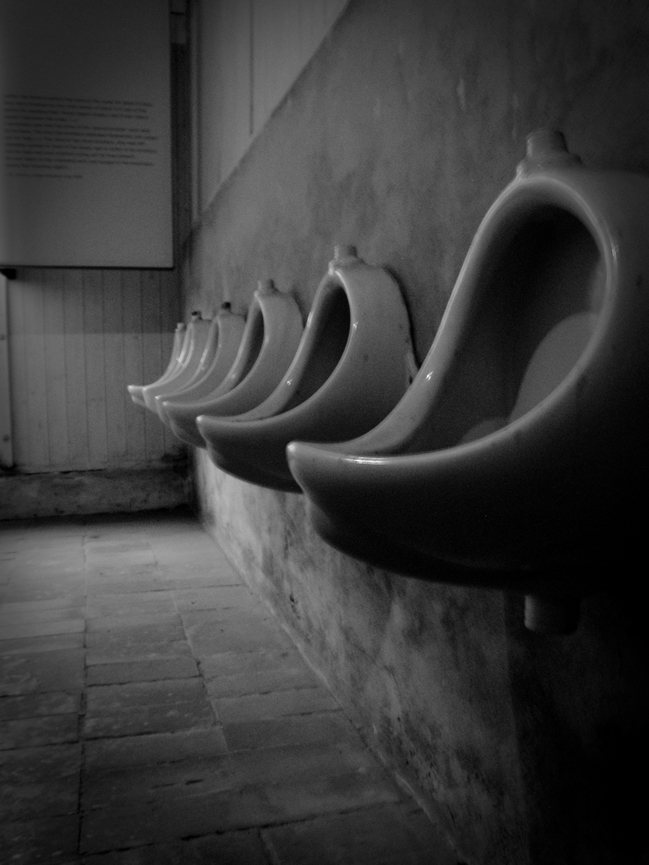
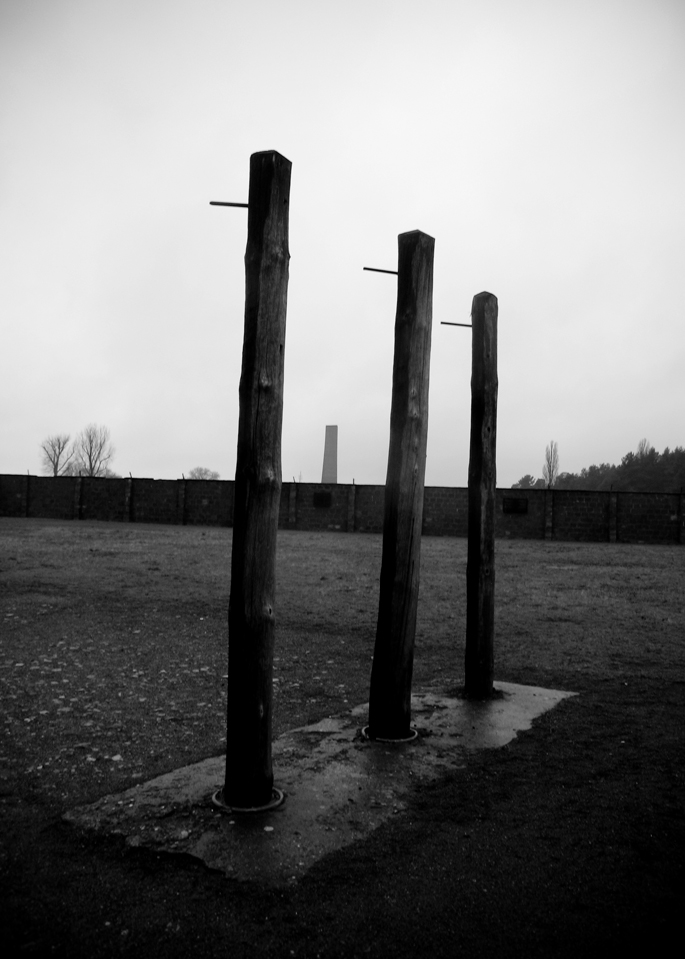
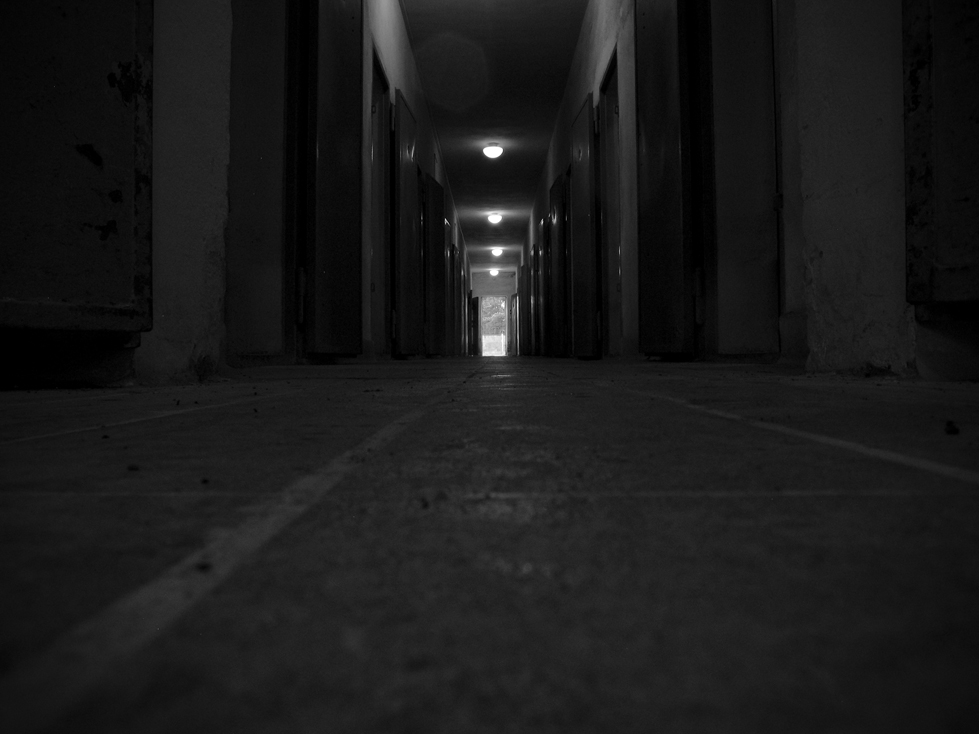
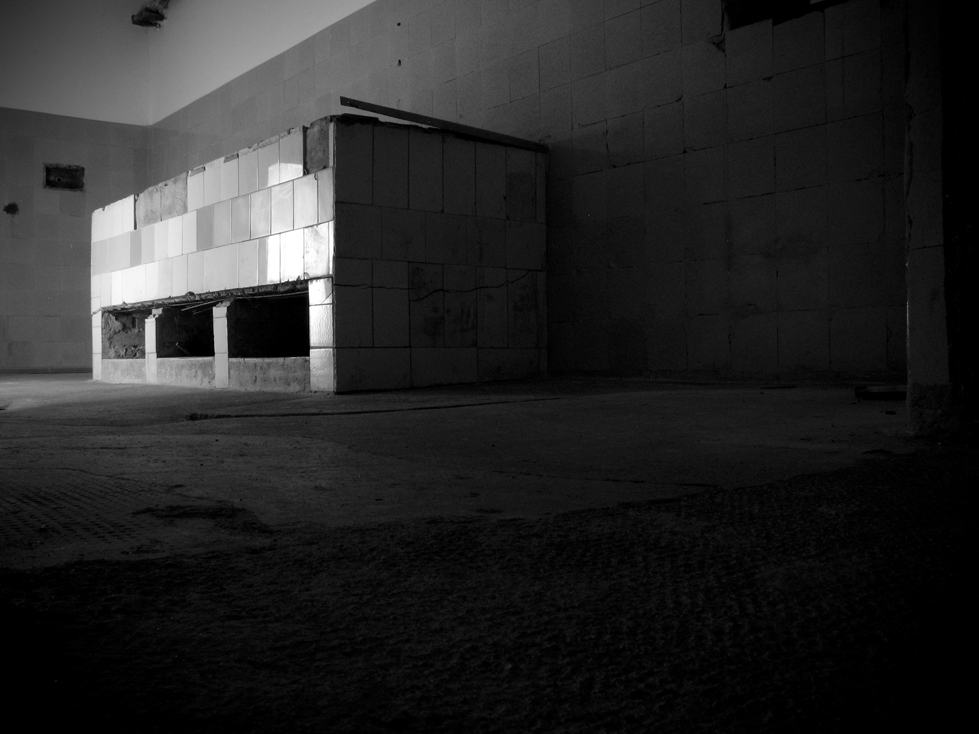
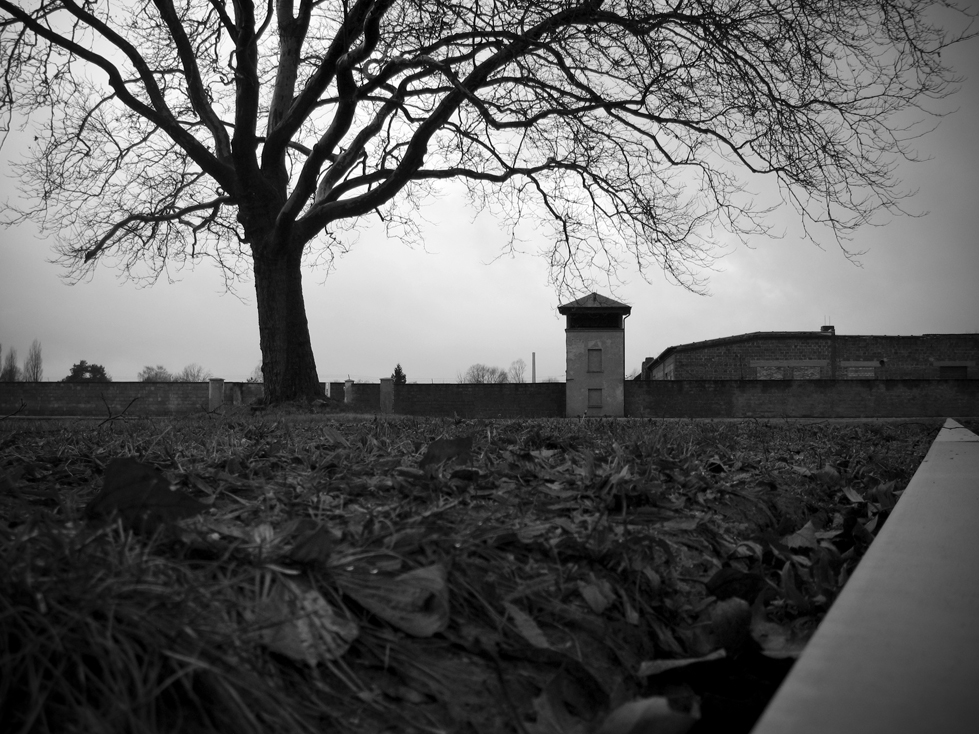
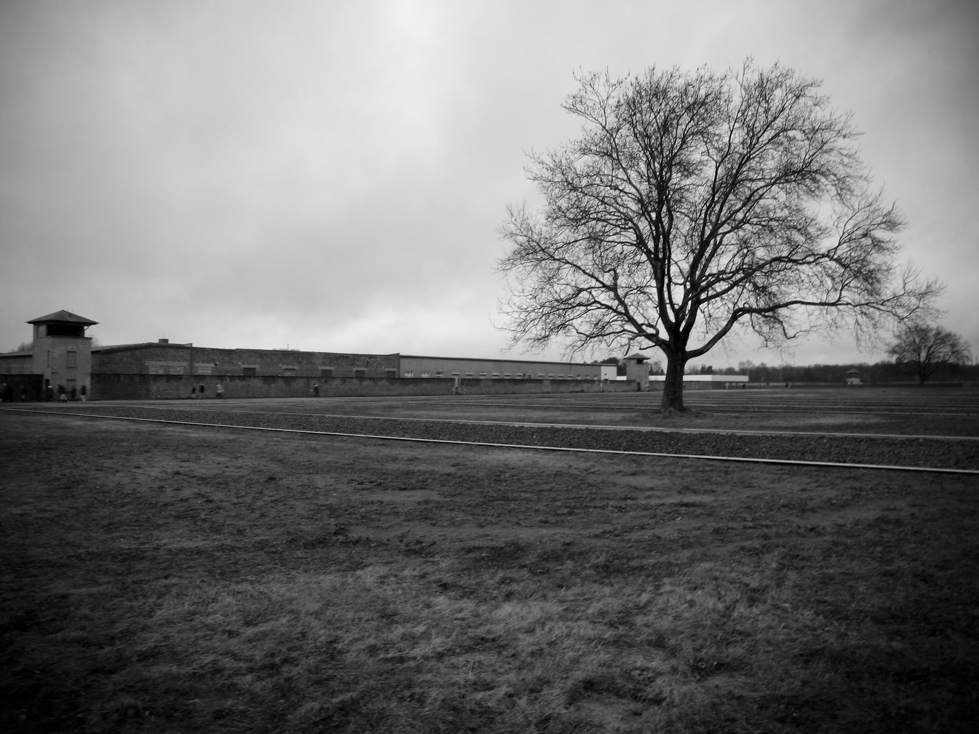
Wow, incredible weblog layout! How long have you been running
a blog for? you made running a blog glance easy.
The total look of your web site is magnificent, let alone
the content material!